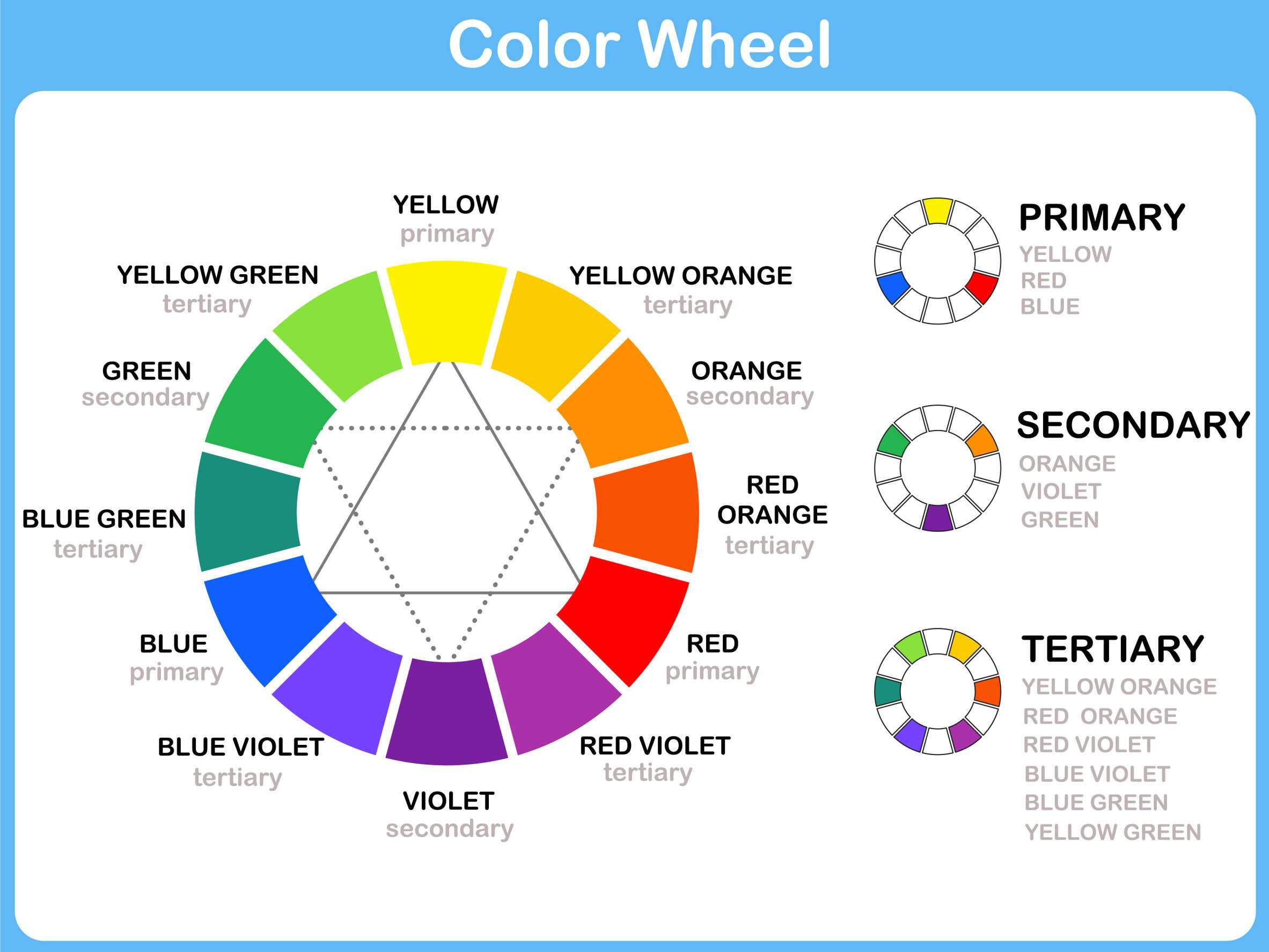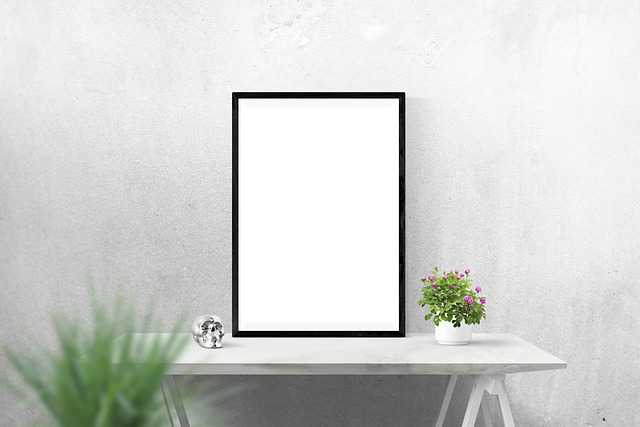Table of Contents
- Understanding the Basics of Canvas Selection for Your Art
- Exploring Techniques for Creating Stunning Textures in Paintings
- Color Theory Essentials for Dynamic Canvas Compositions
- Tips for Properly Preparing and Maintaining Your Canvas Artwork
- Q&A
- The Way Forward
Understanding the Basics of Canvas Selection for Your Art
When embarking on your painting journey, selecting the right canvas is crucial for your artistic expression. A variety of canvases are available, each offering different textures, weights, and absorbencies that can significantly impact the appearance of your finished work. Understanding these differences will empower you to choose the best canvas that meets both your style and the medium you intend to use.
First, consider the type of painting you wish to create. Stretched canvases are a popular choice for many artists; they come already primed and tensioned on wooden frames, making them ready to use. Alternatively, canvas boards are thinner and more portable, ideal for studies or plein air painting. Lastly, if you prefer a more traditional feel, canvas rolls allow for custom sizing, giving you greater freedom to create large-scale pieces.
The texture of your canvas also plays a pivotal role. A rough texture can add interesting dimension and hold more paint, making it ideal for impasto techniques, while a smoother surface is better suited for fine details and glazes. Here’s a quick reference table to help you understand the types of textures:
| Texture | Best For |
|---|---|
| Rough | Impasto techniques, textured effects |
| Medium | Versatile, suitable for various styles |
| Smooth | Fine detail work, glazing |
consider the canvas weight, which affects its durability and usability. Thicker canvases provide more support for heavy materials, while lighter canvases are easier to transport. By evaluating your goals and preferences, you can find the right balance between weight and texture that will help bring your artistic vision to life.


Exploring Techniques for Creating Stunning Textures in Paintings
When it comes to elevating your canvas paintings, the use of texture can transform a simple artwork into a captivating visual experience. One popular technique involves layering different materials onto the canvas before applying paint. This could include using items like sand, papers, or even fabric to create varying surfaces, adding depth to your work. This layering not only affects the physical texture but also dramatically influences the way light interacts with the surface, enhancing the overall visual impact.
Another effective method is the use of palette knives instead of brushes. Palette knives allow for bold strokes and the creation of thick, textured layers that are simply unattainable with traditional brushes. By applying the paint with a knife, you can create unique patterns and textures, allowing for more freedom in your artistic expression. The randomness of the shapes formed can often lead to exciting surprises in the finished piece.
For a different approach, consider incorporating impasto techniques, where paint is applied very thickly to the canvas. This method not only creates stunning textures but also adds a dynamic quality to your work, inviting viewers to explore the details up close. When combined with color theory—utilizing contrasting colors in the thick applications—you can produce striking effects and significant depth in your painting.
In addition to physical texture creation, digital tools have become an invaluable resource for artists. You can experiment with various digital brushes that mimic traditional textures before applying them to canvas. For instance, consider making a table of digital brush types with corresponding texture effects:
| Brush Type | Texture Effect |
|---|---|
| Flat Brush | Bold, linear textures |
| Splatter Brush | Randomized textures for a dynamic look |
| Grainy Brush | Soft, blended textures resembling natural elements |
Experimenting with these techniques not only enhances the visual interest of your paintings but also fosters personal growth as an artist. Understanding how to manipulate textures in your artwork opens a new realm of creative possibilities that can lead to stunning results, uniquely defining your artistic style.


Color Theory Essentials for Dynamic Canvas Compositions
Understanding color theory is pivotal for artists aspiring to create vibrant and cohesive canvas paintings. At its core, color theory explores how colors interact, evoke emotions, and influence the overall composition. Three primary components – hue, saturation, and value – serve as the foundation for any successful palette. By mastering these elements, artists can craft dynamic visual narratives that resonate with viewers.
Color relationships are essential in developing a harmonious composition. Utilizing the color wheel, artists can explore various schemes:
- Complementary colors, which are opposite each other on the wheel, create vibrant contrasts that draw attention.
- Analogous colors, found next to each other, provide a more serene and harmonious feeling, making them ideal for subtle backgrounds.
- Triadic schemes, involving three equally spaced colors on the wheel, can introduce energetic and balanced compositions.
Exploring the psychological effects of colors can further enrich your creations. Each color can elicit specific emotions and reactions; for example:
| Color | Emotion |
|---|---|
| Red | Passion, energy |
| Blue | Calm, trust |
| Yellow | Joy, optimism |
| Green | Growth, balance |
Lastly, experimenting with color mixing and application techniques can elevate your canvas paintings significantly. Consider using:
- Glazing to build layers of color, allowing light to shine through for added depth.
- Scumbling for texture and intrigue by applying a lighter color over a dried darker base.
- Complementary underpainting to achieve vibrancy and richness in your final piece.


Tips for Properly Preparing and Maintaining Your Canvas Artwork
Creating stunning canvas artwork is only half of the journey; ensuring its longevity and vibrancy requires attention and care. Start by choosing the right materials for your artwork. High-quality canvases are crucial not only for the finished look but also for preservation. Linen and cotton are popular choices, with linen offering durability and cotton providing a budget-friendly option. Additionally, consider priming your canvas with gesso, which prevents paint from soaking in and maintains the vibrancy of your colors.
Once your artwork is complete, proper sealing becomes essential. Varnishing your canvas not only enhances the colors but also protects against dust, UV rays, and environmental factors that can lead to fading. Opt for a spray varnish for a smooth, even coat or a brush-on option for more control. Apply the varnish only after the paint has fully dried—usually 24 to 48 hours depending on the medium used. Be sure to work in a well-ventilated area to avoid inhaling fumes.
Maintenance is as important as preparation. Regularly dust your canvas with a soft, dry cloth to keep it pristine. If your artwork is exposed to direct sunlight, consider rotating it periodically to ensure even exposure and prevent one side from fading faster. For heavier cleaning, use lukewarm water and a gentle sponge without soap. Avoid harsh chemicals as they can damage your paint and canvas.
Lastly, hang your canvas in a stable environment. Temperature and humidity can impact the integrity of your masterpiece, so try to keep it away from extreme heat sources, such as radiators, and ensure a moderate level of humidity. Here’s a quick table to summarize the key points for maintaining your canvas artwork:
| Action | Tip |
|---|---|
| Material Selection | Choose high-quality linen or cotton. |
| Sealing | Varnish after full drying to protect colors. |
| Regular Maintenance | Dust with a soft cloth and clean gently. |
| Environment | Avoid direct sunlight and extreme conditions. |
Q&A
Q&A: Unleashing Your Creativity with Canvas Painting
Q1: What materials do I need to start painting on canvas? A: To embark on your canvas painting journey, you’ll need a few essential supplies: a blank canvas (stretched or in a pad), acrylic or oil paints, a set of brushes in various sizes, a palette for mixing colors, a palette knife, and some water (if using acrylics) or solvents (for oils). Optional items include an easel, painter’s tape, and rags or paper towels for cleaning.Q2: Can beginners really succeed in canvas painting? A: Absolutely! Canvas painting is accessible for all skill levels. Although it may seem daunting initially, practice and experimentation are the keys to improvement. Begin with simple designs or abstract art, and as your confidence grows, you can tackle more complex subjects!
Q3: What’s the difference between acrylic and oil paints? A: Acrylic paints are water-based and dry quickly, making them a favorite among beginners. They can be thinned with water and cleaned up easily. Oil paints, on the other hand, have a slower drying time, allowing for more blending and layering techniques. Each type offers unique textures and finishes, so it often comes down to personal preference.
Q4: How do I choose the right canvas size for my painting? A: The size of your canvas largely depends on your vision and the space where you’ll display the artwork. Smaller canvases are great for practice or creating a series, while larger canvases can make a bold statement in a room. Consider your subject matter and the level of detail you wish to achieve when selecting the size.
Q5: What techniques can I use to enhance my canvas paintings? A: There are numerous techniques to explore! Try layering colors for depth, using palette knives for texture, or incorporating glazing for a luminous effect. Don’t shy away from experimenting with different brush strokes, sponging, or even mixed media elements like collage to add uniqueness to your work.
Q6: How can I overcome creative blocks while painting? A: Creative blocks are common among artists. To push through them, consider stepping away from your canvas for a moment to clear your mind. Engage in unrelated activities, like taking a walk or exploring other art forms. Often, inspiration strikes when you least expect it!
Q7: Is it essential to follow tutorials, or can I paint intuitively? A: While tutorials can provide valuable guidance, painting intuitively is equally valid. Trusting your instincts can lead to unique expressions and personal growth as an artist. Blend both approaches—use tutorials for techniques but allow your creativity to flow freely when you feel inspired.
Q8: How do I know when my canvas painting is finished? A: Knowing when to stop can be challenging. A painting feels finished when you sense harmony in the composition, colors, and details. Sometimes, stepping away for a day can give you a fresh perspective. If it resonates with you emotionally, it’s likely complete!
Q9: How can I protect my finished canvas paintings? A: To safeguard your artwork, apply a varnish specifically made for your paint type. This will protect against dust, UV light, and discoloration. Ensure the paint is fully dry before sealing with varnish, and keep your artwork in a climate-controlled environment to prevent deterioration.
Q10: Where can I showcase my canvas paintings once completed? A: You have several options for showcasing your artwork! Consider displaying it in your home or gifting it to friends and family. You can also participate in local art shows, fairs, or online platforms like social media and personal websites to reach a broader audience. — Embrace the journey of canvas painting, and remember, each stroke tells your unique story!
